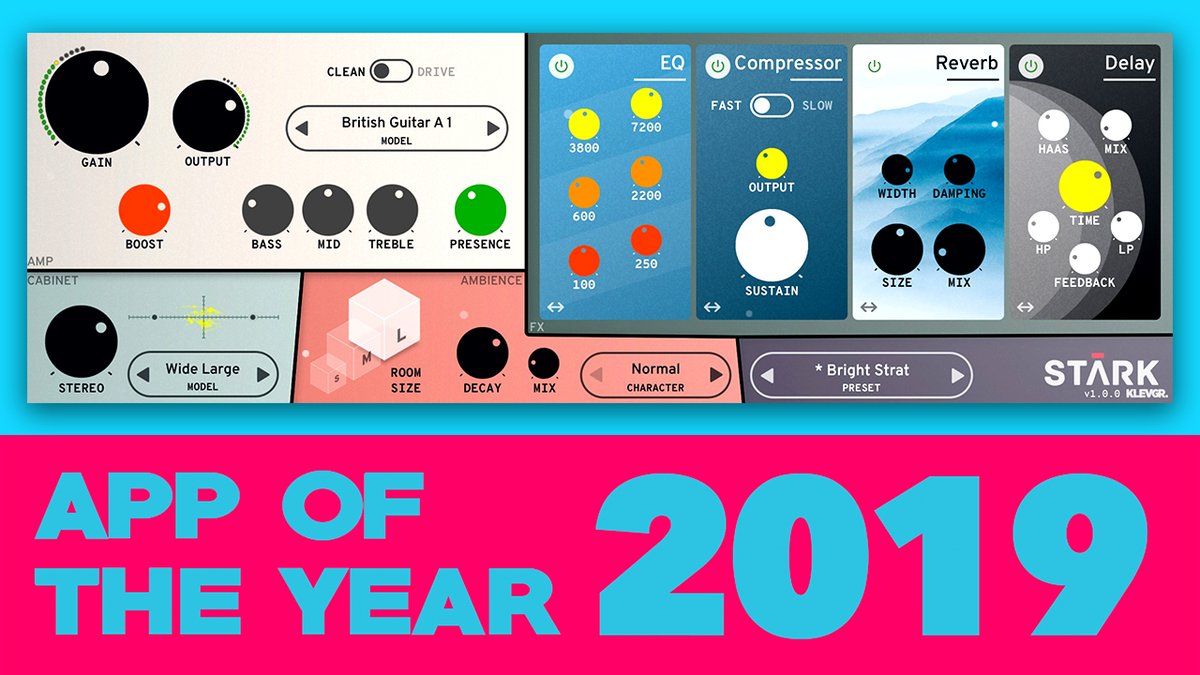May 28, 2015 Even though Apple's GarageBand for Mac has all sorts of built-in instruments (and a smaller complement of audio effects), it has always been expandable by adding Audio Unit (AU) plugins. Are your plug-ins not showing up in Garageband? In this article we will delete the Audio Units preferences files so Garageband can rescan for plug-ins. COVID-19 Update: Sweetwater.com is open and accepting online orders, but like most retailers, our shipping is slower than normal. Aug 12, 2015 Use plug-ins in GarageBand to improve podcast sound I used to edit podcasts in GarageBand, but switched a few years ago to Apple’s $200 Logic Pro. I don’t use most of Logic’s high-end audio production features, but it’s got a few features that make it much better than GarageBand. GarageBand, like many other DAWS, comes with the ability to install plug-ins and they’re fun to use. In this tutorial, I’m going to lay out a step-by-step process for installing plug-ins into GarageBand. At first, I struggled to make this work, but it became like second nature after a few tries. It’s really quite simple. GarageBand for MacOS comes loaded with many excellent plugins and effects that you can use to shape your sounds and mix your projects to a professional level. One of the best things about GarageBand is that you can install third party Audio Unit plugins, which really opens up some exciting sonic possibilities. If you’ve joined The GarageBand Guide community, there’s a good chance you’ve received an email from me letting you know just how much I love Blue Cat’s Freeware Plug-Ins Pack. Of the plugins featured in the bundle, Blue Cat’s Free Amp really shines. Work with up to an astounding 32 tracks with GarageBand for iOS. 2 With a compatible third‑party audio interface, you can even plug in the entire band and record everyone simultaneously on separate tracks. Take multiple passes to nail your performance using Multi‑Take Recording — just choose any Touch Instrument, tap Record, and play continuously over a looping song section.
Free Plugins For Garageband

GarageBand for iOS is a great app for creating music, but what if you have a project in mind that requires specific sound effects? Unlike the Mac app, GarageBand for iOS has a limited range of built-in sounds, so this tutorial shows you how to grab what you need from free-to-download websites like freesound.org.

Download
First you will you need an app that lets you download assets (like audio files) from websites. There are plenty that do this as downloading stuff is a popular activity! One that I have stumbled across recently that makes this fairly easy is iDownloads Pro as it has a built-in browser and file manager, and it’s only $0.99!
In the browser of iDownloads, navigate to freesound.org, or your website of choice for downloading free-to-use audio files, and make sure you read the licence agreements carefully—no stealing please!
Freesound.org requires you to be logged in, but once you find a sound you want, tap the ‘Download’ button. Choose ‘Download’ from the pop-up menu.
As with all apps of this type the file will download into the File Manager of the app itself—if you have already created sub-folders this will make organization easier.
Locate your file in the File Manager section and tap the blue arrow next to its name.
Tap the ‘Open with’ button which will make the ‘Open in...’ dialog appear (yes I know, why isn’t the ‘Open with’ button labelled ‘Open in...’?) Currently GarageBand is lagging behind other audio apps like BossJock and Audio Mastering for iPad which directly support the ‘Open in...’ protocol (strange as Apple develop both iOS and GarageBand!) so you will need to choose an audio editor app like TwistedWave or Hokusai (with Tools pack) as an intermediate step. So ‘Open in...’ one of these apps.
Edit, Copy, Paste
In the audio editor app carry out any editing that is required.
Copy the audio file to the AudioCopy clipboard—this will enable you to paste it into GarageBand.
In GarageBand, create an audio track. This means choosing one of the two instruments that support audio files, the ‘Audio Recorder’ track or the Guitar Amp’ track. If you are starting a project from scratch you will need to ‘record’ something so a project is created and you can see the instrument as a track—then delete what you recorded.
Garageband Vocal Plugins
In Tracks view tap on the track background—a pop-up menu with the ‘Paste’ option will appear.
Paste the audio file from the AudioCopy clipboard into your project. GarageBand doesn’t have an audio file manager either (like Logic Pro’s Bin) so to use the sound effect in other projects you will need to copy and paste it from one to the other. It’s probably worth creating a project just for keeping sound effects in for this very reason!